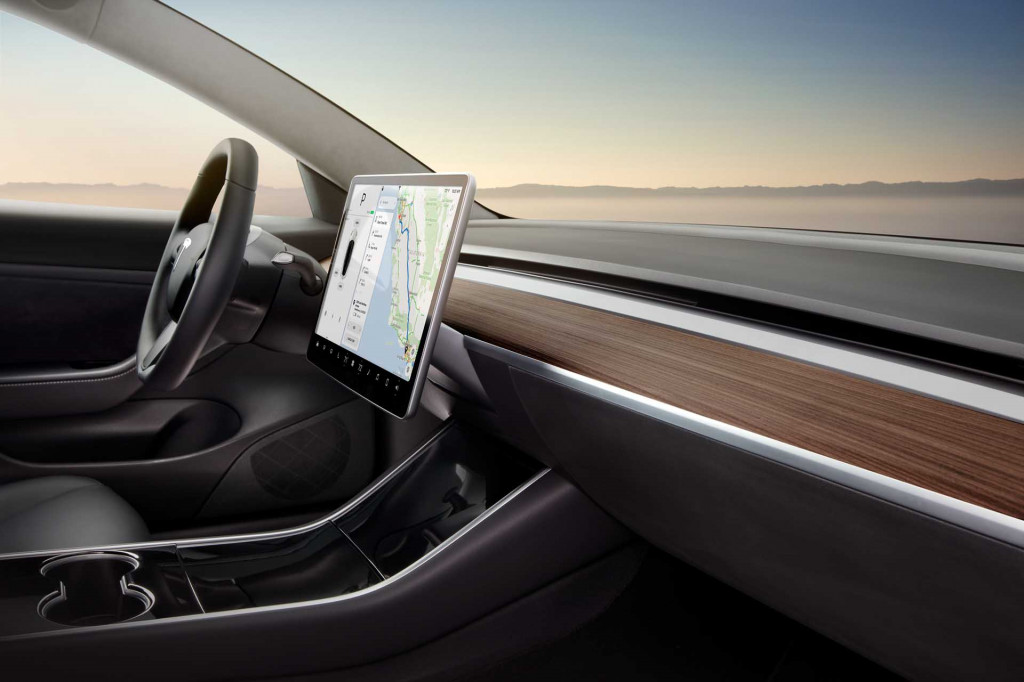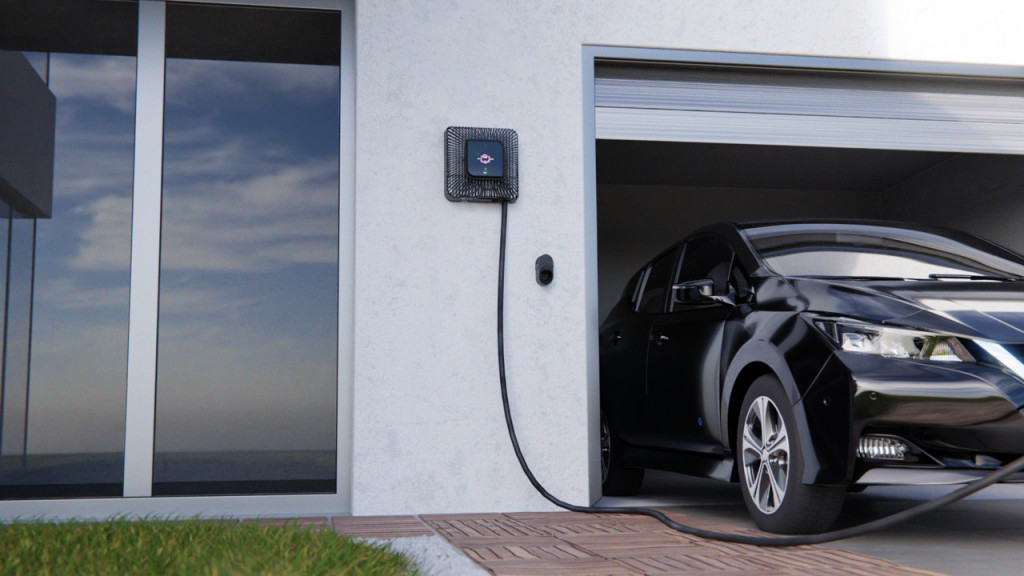The electric car wasn't invented by Tesla with its Roadster, or by GM with the EV1. It goes back more than a century, with a long list of hopefuls hindered from widespread production by a complicated but familiar set of factors.
The 1959 Charles Town-About was one of those hopefuls. While mass-production commitments from Tesla, Nissan, Volkswagen and many other automakers usher the electric vehicle into the mainstream, the review of a prototype Town-About from more than 60 years ago—revived from the archives of Motor Trend last week—serves as a cautionary note that electric-car enthusiasm has never been the missing piece.
The Town-About was conceived during one of several surges of interest in EVs—this one in the 1950s and just after a period of rapid progress in battery technology. It’s the same period that also birthed the Henney Kilowatt, which we reported on last year. But it’s also the same time engine displacements started to soar, the horsepower race was well underway, and concerns about gasoline consumption mostly went to the wayside.
![1960 Henney Kilowatt [for sale on Hemmings] 1960 Henney Kilowatt [for sale on Hemmings]](https://images.hgmsites.net/lrg/1960-henney-kilowatt-for-sale-on-hemmings_100700404_l.jpg)
1960 Henney Kilowatt [for sale on Hemmings]
The Town-About electric coupe was manufactured by Stinson Aircraft Tool & Engineering, of San Diego, California, and was built on a lightweight aluminum frame from Alcoa, with two integral roll hoops and a fiberglass body. Although not at all related to the Volkswagen Karmann-Ghia, the sporty-looking coupe had a likeness and its “Americanized” VW-type suspension, according to MT.
Reviewer Bob Rolofson, a racer who had driven all kinds of performance cars of the era, wrote that he “became quite enthusiastic” while testing the Town-About, calling it “a completely new and modern electric car.”
Here are some things he said that sound quite close to what we might write about today’s EVs:
Road noise was more noticeable. “The prototype makes no noise, except in the cab, which has not been soundproofed,” Rolofson noted. This closely echoes something GCR and many engineers have pointed out for years—that the near-silence of an all-electric propulsion system doesn’t mask road noise (and wind noise).
The simplicity of the driving experience is a plus. The test car has a 6:1 fixed-gear reduction system but the production model was to have a two-speed transmission (low and cruising speeds); reverse was engaged simply by turning the ignition key in the opposite direction. At a time when some cars had manual chokes and lacked synchros for their gears, it was refreshingly simple—as it remains today.

2020 Tesla Model 3
It could charge overnight and cover the typical American commute. The Town-About came with its own charger that “automatically sets its own charge rate according to the condition of the batteries,” taking about 7 hours. And fully charged, it would cover about 77 miles—then and now, plenty of wiggle room for most commutes. “For city dwellers, the Town-About will really be the answer to cheap, durable, second car transportation,” Rolofson wrote.
Public charging was a work in progress. “West Coast parking lot moguls have been approached (and are enthusiastic) with the idea of installing ‘charge meters,’ which would charge Town-Abouts while owners were shopping or working at the office.” Sound familiar?
There was evidence of pent-up demand, but a price pinch. The reviewer notes opening the mail of Stinson’s president and noting the surge of interest, including “a pile of four-digit certified checks from power and light companies ordering cars for trial.” According to Consumer Guide, Stinson set a retail price for the production car of $2,895—roughly $25,500 in today’s money, and approximately 50% more than affordable entry-level gasoline cars of the time. The clincher was likely the expensive batteries that might have needed replacement after two years—erasing any chance of penciling out versus cheap gas. Today, with million-mile batteries on the horizon and battery prices falling rapidly, those concerns are fading fast.

Wallbox Quasar, for bi-directional DC charging
And here are some impressions or stereotypes that are dated and simply no longer valid in modern electric cars:
A backseat of batteries. The batteries (described only as selenium, but likely of the lead-acid variety) filled up much of the area that would have been the rear seat—and skewing 65 percent of the car’s 1,800 pounds on the rear wheels—with the reviewer noting that the production version would have jump seats over the battery box. This serves as a reminder of how far volumetric energy density of batteries has come in recent decades—and even in the past few years.
EVs are quiet but not quick. The higher power and dramatic off-the-line torque of modern electric cars isn’t something that’s been the case all along. With two 3.2-horsepower electric motors, the Town-About had a top speed of just 58 mph. While Rolofson notes that acceleration was a bit jerky with a temporary accelerator-rheostat in the test car, he may have missed pointing out that relative even to the VW Beetle of the time (and its near-30-second 0-60 mph time) it was really quite slow.

2020 Porsche Taycan Turbo first drive
Safety in bumpers. The only mention of safety here, other than the roll hoops, relates to the bumpers. The Town-About has big steel bumpers and overriders “in the interest of safety in heavy traffic,” the reviewer states. There’s no mention of collision concerns of any kind, and this was six years before the publication of "Unsafe at Any Speed"—and before concerns about battery shorts and fires. Gasoline was seen as the far greater risk, as it should.
Where’s the smell? Drivers of that era were accustomed to varying amounts of gasoline and exhaust fumes—not just when cold-starting but throughout the driving experience. It was noteworthy there was “absolutely no odor” in driving the EV; but honestly, anyone moving from a modern gasoline vehicle probably isn’t going to fixate on (or even notice) this point today. Today’s parallel—even if charging at gas stations becomes more common—is not having hands that smell like gasoline.
What do these points tell us about the present and the future? For starters, EVs face some of the same obstacles today as they did more than a half-century ago. But the numbers—for batteries, for performance, and for price and running costs, among many details—have finally flipped the possible future to a certain one.
